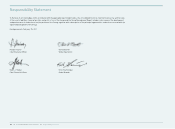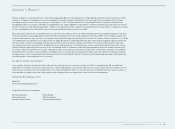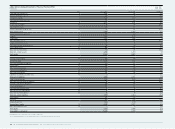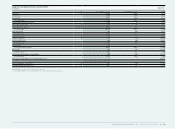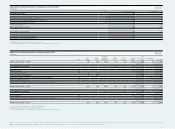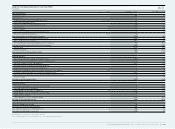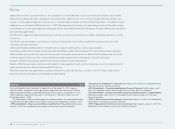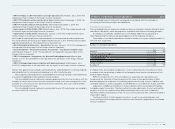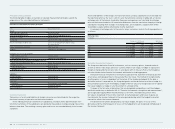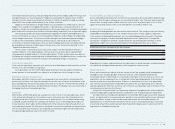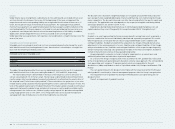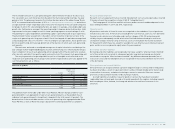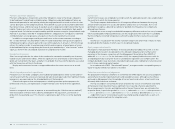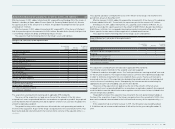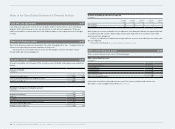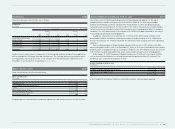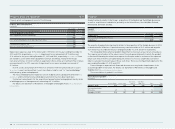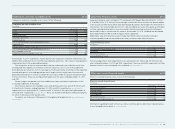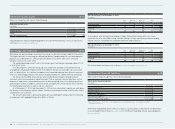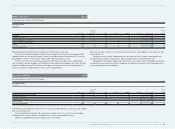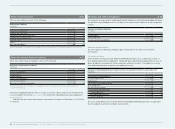Reebok 2010 Annual Report Download - page 196
Download and view the complete annual report
Please find page 196 of the 2010 Reebok annual report below. You can navigate through the pages in the report by either clicking on the pages listed below, or by using the keyword search tool below to find specific information within the annual report.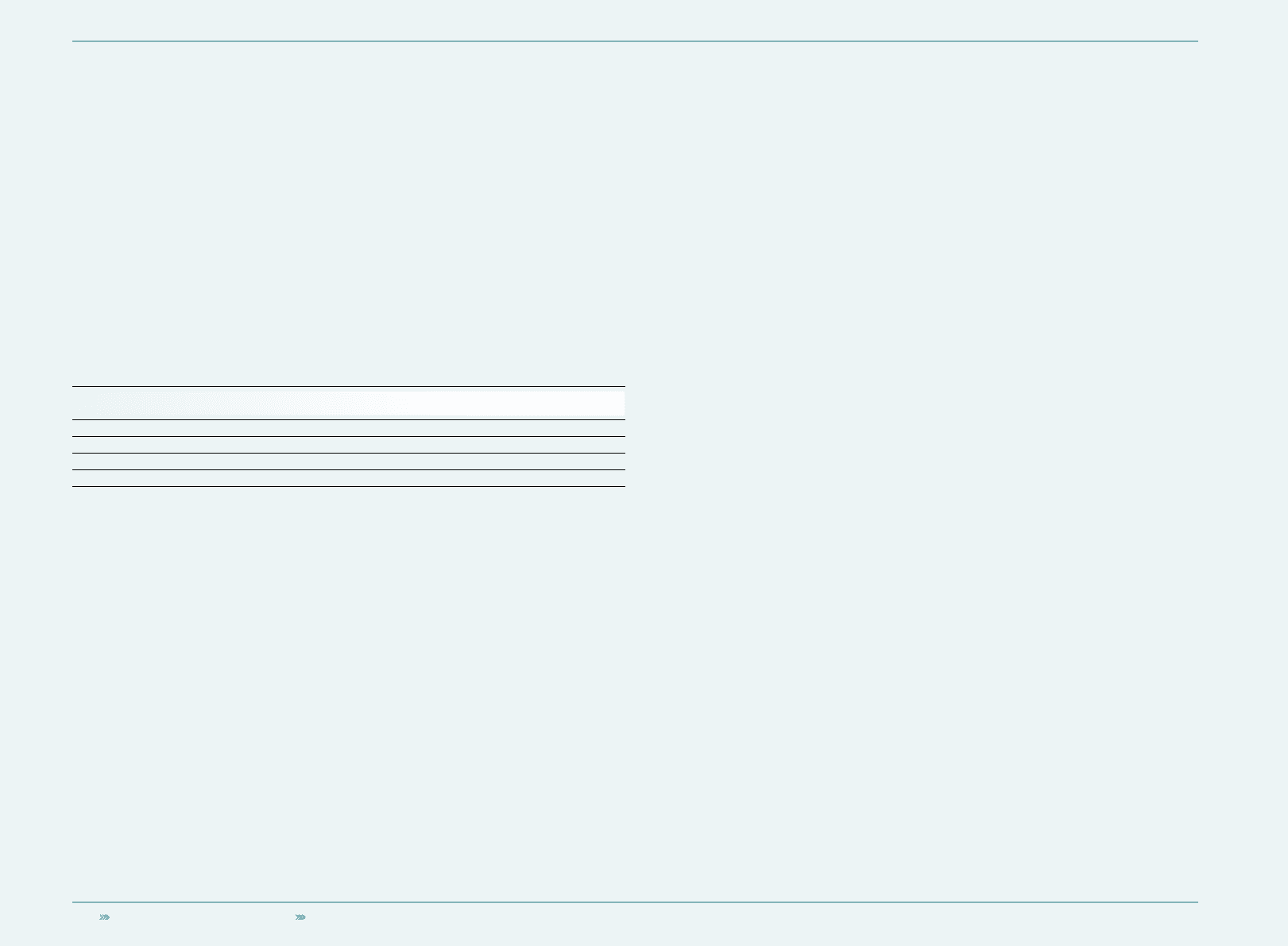
192 Consolidated Financial Statements Notes
LeasesLeases
Under finance lease arrangements, substantially all risks and rewards associated with an asset
are transferred to the Group as the lessee. At the beginning of the lease arrangement the
respective asset and a corresponding liability are recognised at the fair value of the asset or, if
lower, the net present value of the minimum lease payments. For subsequent measurement,
minimum lease payments are apportioned between the finance expense and the reduction of the
outstanding liability. The finance expense is allocated to each period during the lease term so as
to produce a constant periodic interest rate on the remaining balance of the liability. In addition,
depreciation and any impairment losses for the associated assets are recognised.
Under operating lease agreements, rent expenses are recognised on a straight-line basis over the
term of the lease.
Intangible assets (except goodwill)Intangible assets (except goodwill)
Intangible assets are valued at amortised cost less accumulated amortisation (except for assets
with indefinite useful lives) and impairment losses. Amortisation is calculated on a straight-line
basis with the following estimated useful lives:
Estimated useful lives of intangible assets
Years
Trademarks indefinite
Software 3 – 5
Patents, trademarks and concessions 5 – 15
The adidas Group determined that there was no impairment necessary for any of its trademarks
with indefinite useful lives in the years ending December 31, 2010 and 2009, respectively.
The recoverable amount is determined on the basis of fair value less costs to sell (costs to
sell are calculated with 1% of the fair value). The fair value is determined in discounting notional
royalty savings after tax and adding a tax amortisation benefit, resulting from the amortisation of
the acquired asset (“relief-from-royalty method”). These calculations use projections of net sales
related royalty savings, based on financial planning which covers a period of five years in total. The
level of the applied royalty rate for the determination of the royalty savings is based on contractual
agreements between the adidas Group and external licensees as well as public available royalty
rate agreements for similar assets. Notional royalty savings beyond this period are extrapolated
using steady growth rates of 1.7% (2009: 1.7%). The growth rates do not exceed the long-term
average growth rate of the business to which the trademarks are allocated.
The discount rate is based on a weighted average cost of capital calculation derived using a five-
year average market-weighted debt/equity structure and financing costs referencing the Group’s
major competitors. The discount rate used is an after-tax rate and reflects the specific equity and
country risk. The applied discount rate depends on the respective intangible asset being valued
and ranges between 6.4% and 8.3% (2009: 9.3%).
Expenditures during the development phase of internally generated intangible assets are
capitalised when they occur if they qualify for recognition under IAS 38 “Intangible Assets”.
Goodwill Goodwill
Goodwill is an asset representing the future economic benefits arising from assets acquired in a
business combination that are not individually identified and separately recognised. This results
when the purchase cost exceeds the fair value of acquired identifiable assets, liabilities and
contingent liabilities. Goodwill arising from the acquisition of a foreign entity and any fair value
adjustments to the carrying amounts of assets, liabilities and contingent liabilities of that foreign
entity are treated as assets, liabilities and contingent liabilities of the respective reporting entity,
and are translated at exchange rates prevailing at the date of the initial consolidation. Goodwill is
carried in the functional currency of the acquired foreign entity.
Acquired goodwill is valued at cost and is tested for impairment on an annual basis and
additionally when there are indications of potential impairment.
As a result of the Group’s reorganisation in the second half of 2009, goodwill was reallocated
to the corresponding cash-generating units based on a relative value approach. The corresponding
cash-generating units comprise 17 regional markets which are responsible for the joint
distribution of adidas and Reebok as well as TaylorMade-adidas Golf, Rockport and Reebok-CCM
Hockey.
The cash-generating units (or groups of units) represent the lowest level within the Group at
which goodwill is monitored for internal management purposes after the Group’s reorganisation.
The impairment test for goodwill has been performed based on cash-generating units (or
groups of units).
Overall, no impairment of goodwill resulted.


